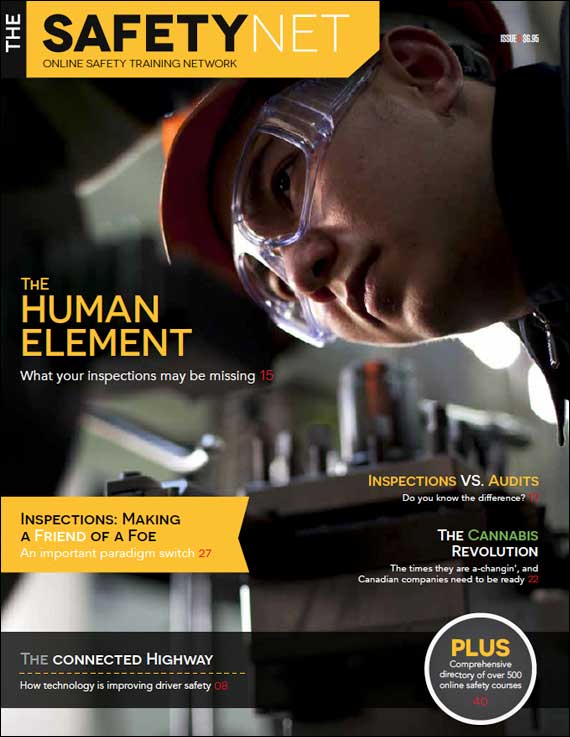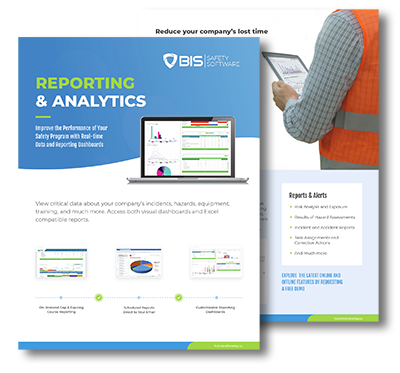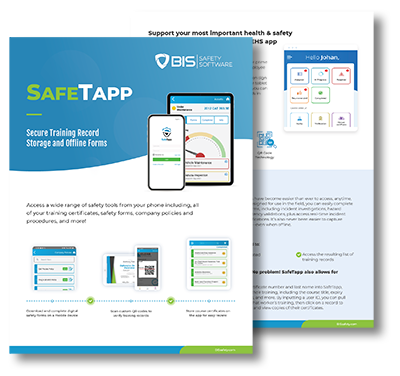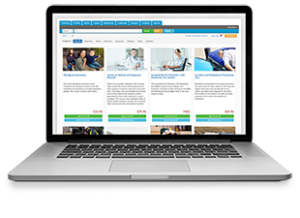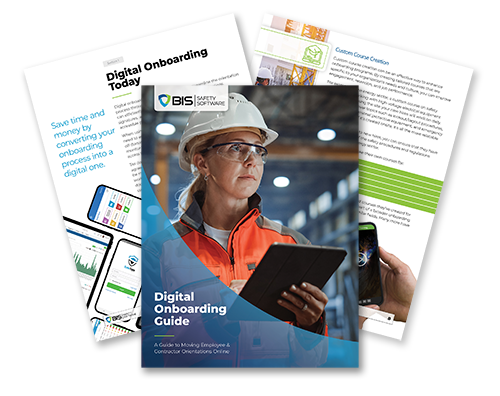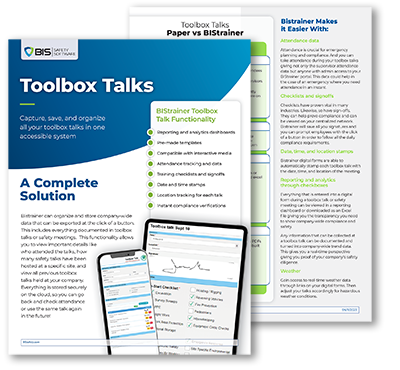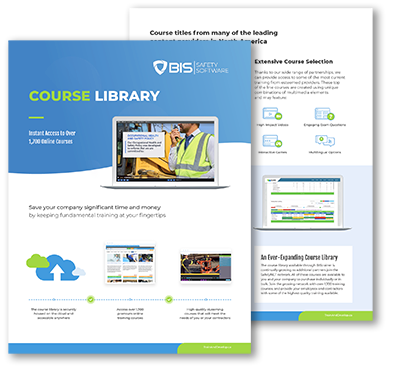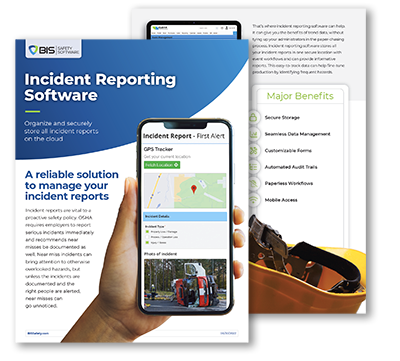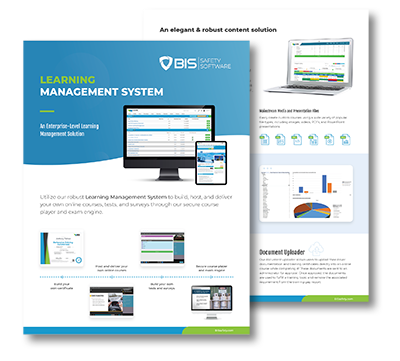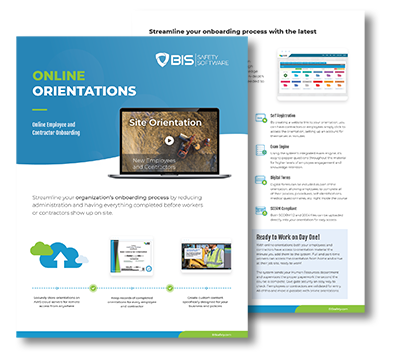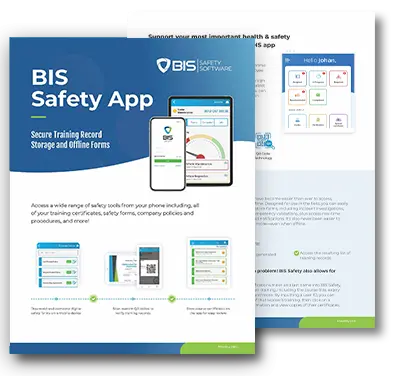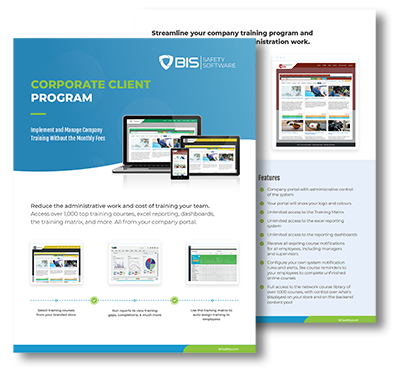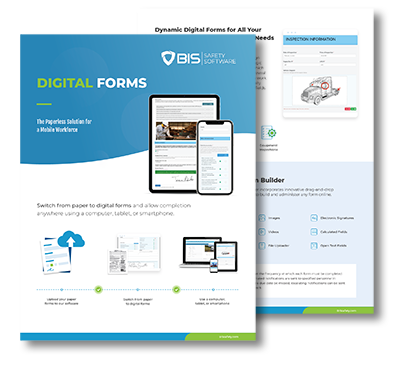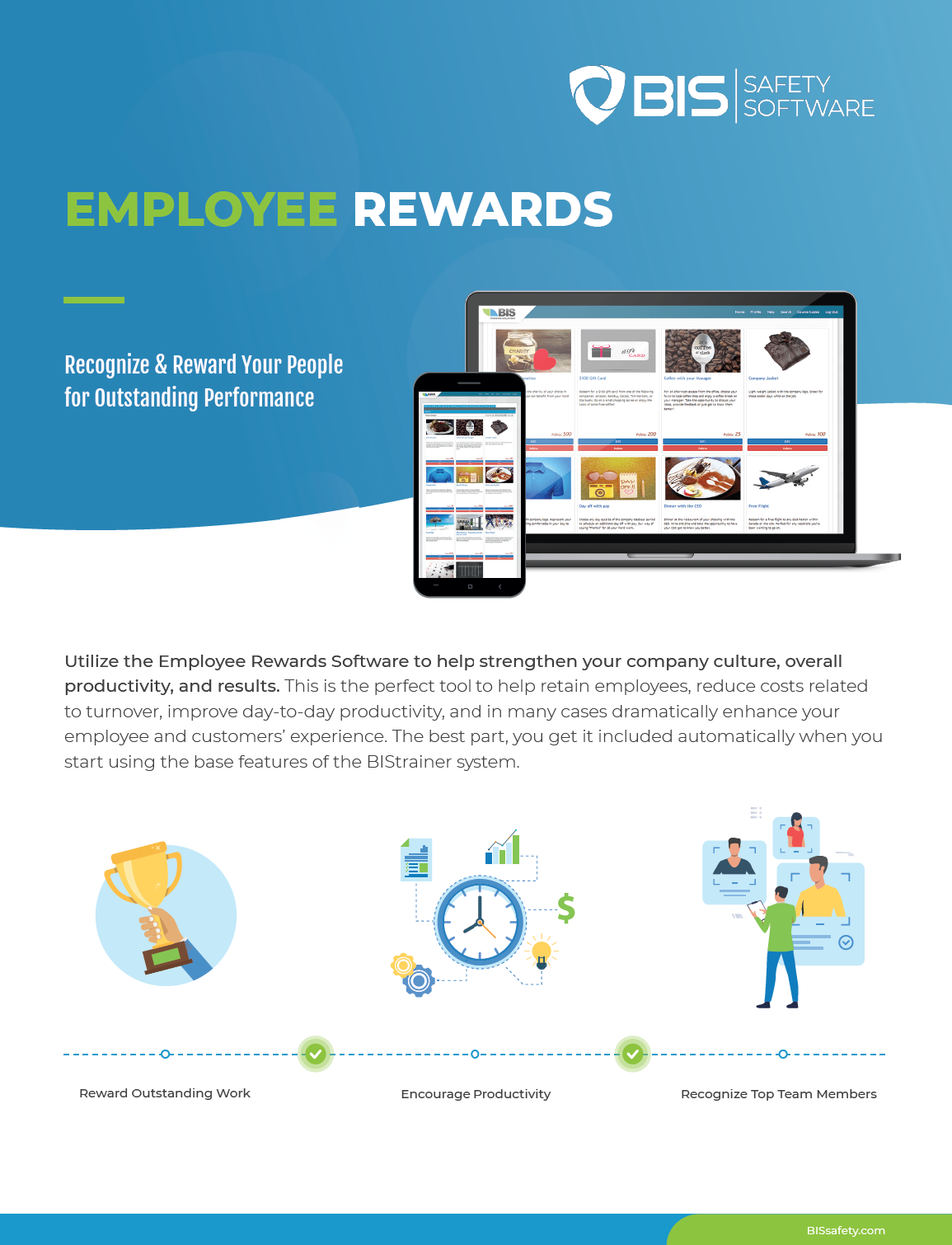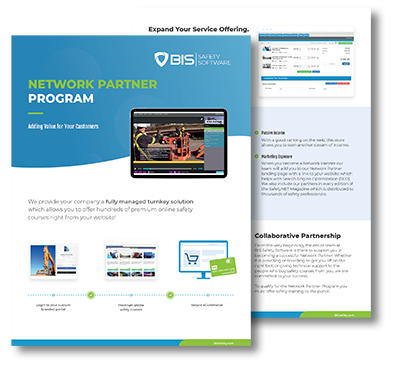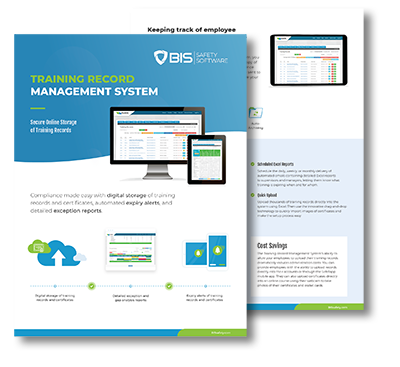Table Of Contents:
- Construction Safety Management Software Benefits Explained
- Identifying Key Advantages of Construction Safety Management Software Solutions
- Enhancing Compliance Through Effective Safety Management Software
- Improving Communication Among Project Teams
- Elevating Risk Management With Safety Software
- Boosting Productivity Through Safety Management Solutions
- Driving Cultural Change Around Safety in Construction
- Conclusion
Construction Safety Management Software Benefits Explained
Construction site safety is paramount, yet many managers struggle to maintain compliance and effective communication in their teams. This blog post will explore the key advantages of construction safety management software solutions, including compliance enhancement, improved communication, and robust risk management. By reading this, safety managers will understand how these tools can address common challenges, boost productivity, and foster a safety-first culture. Engaging with this content will equip readers with the insights needed to streamline safety processes and protect their workforce effectively.
Identifying Key Advantages of Construction Safety Management Software Solutions

Construction safety management software streamlines the process of compliance with regulatory standards, significantly enhancing construction site safety. With features like audit trails and real-time data tracking, safety managers can easily document compliance efforts and ensure that all protocols are followed effectively.
Utilizing checklists within construction safety management solutions helps keep teams organized and accountable. Checklists tailored for specific tasks, such as confined space protocols, ensure that every safety measure is addressed and completed, reducing the risk of accidents on site.
These software solutions facilitate thorough audits by automating reporting and data collection processes. Safety managers can quickly generate reports that highlight safety performance, identify trends, and pinpoint areas needing improvement, ultimately driving better decision-making and proactive safety measures.
Overall, adopting construction safety management software offers a comprehensive approach to promoting a culture of safety within teams. By enhancing communication, standardizing procedures, and simplifying the tracking of safety practices, organizations can foster a safer working environment while maintaining operational efficiency.
As safety management software reveals its strengths, it also opens doors to greater compliance. With this tool, staying on the right side of regulations becomes clearer and more attainable.
Enhancing Compliance Through Effective Safety Management Software

Streamlining regulatory adherence across construction projects is essential for effective risk management safety. Utilizing safety management software improves the tracking and management of compliance documentation, ensuring that personal data is securely handled while maintaining governance standards. This subsection will delve into how these tools enhance inspection processes and support proactive compliance efforts, ultimately fostering a safer work environment.
Streamlining Regulatory Adherence Across Projects
Implementing a comprehensive management system for safety allows construction teams to streamline regulatory adherence across all projects. Utilizing mobile devices equipped with safety management software enables on-site workers to access, document, and update compliance requirements in real time. This immediate access enhances the organization‘s safety culture by allowing safety managers to respond swiftly to hazards and ensure that all necessary compliance measures are enforced consistently.
Furthermore, integrating safety management software fosters a proactive approach to compliance by automating documentation and reporting processes. With the ability to track safety-related incidents and regulatory requirements efficiently, companies can identify trends that may indicate recurring hazards. This insight supports not only the adherence to regulations but also strengthens overall safety culture within the organization, ultimately leading to improved outcomes on construction sites.
Tracking and Managing Compliance Documentation Efficiently
Effective tracking and management of compliance documentation is vital for maintaining project safety in the construction industry. By utilizing construction safety software, organizations can establish a streamlined workflow that centralizes job safety analysis and compliance records. This allows safety managers to access real-time observation data and document safety measures promptly, minimizing the risk of overlooking critical regulatory requirements.
Moreover, construction safety software simplifies the documentation process, enabling teams to efficiently monitor compliance with industry standards. Automated alerts can notify safety personnel of upcoming inspections or required updates, ensuring that all safety protocols remain in compliance. This proactive approach not only enhances accountability among team members but also fosters a culture of safety that ultimately benefits the entire organization.
Effective safety management requires more than just compliance; it thrives on clear communication. When project teams communicate well, they build a foundation that enhances safety and success.
Improving Communication Among Project Teams

Facilitating real-time updates for stakeholders, including contractors and field staff, enhances communication among project teams. Construction safety management software creates a centralized hub for safety information, improving productivity and leadership effectiveness. This section will discuss how seamless information exchange and access to vital safety data can foster collaboration and informed decision-making in construction projects.
Facilitating Real-Time Updates for Field and Office Staff
Utilizing a mobile app for construction safety management enables real-time updates to flow seamlessly between field and office staff. This functionality empowers safety managers to address potential hazards as they arise, fostering effective risk management by ensuring that information reaches all stakeholders promptly, including the board of directors. With the aid of analytics, teams can monitor safety data efficiently, allowing informed decisions to be made based on current conditions and insights.
The automation capabilities of safety management software enhance communication by consolidating critical safety information in one accessible platform. Field staff can report observations instantly, while office personnel can verify compliance and update documents without delay. This streamlined exchange of information supports collaboration across all project levels and drives accountability among team members, ultimately contributing to a safer and more efficient work environment.
Creating a Centralized Hub for Safety Information
Creating a centralized hub for safety information allows construction teams to consolidate important data management processes, improving overall efficiency. By integrating observations from the field into one accessible platform, stakeholders can quickly share insights related to the safety program. This ensures that all team members, including those involved in hiring, are informed about potential hazards and compliance updates in real time.
This approach not only fosters enhanced communication among project teams but also provides a structured method for monitoring safety practices. For instance, safety managers can easily track incident reports and identify trends, leading to informed decision-making that strengthens the organization‘s safety culture. With streamlined access to shared data, the team can coordinate safety initiatives more effectively, ultimately minimizing risks and promoting a safer work environment.
Clear communication builds strong project teams. With that foundation laid, it’s time to confront the unseen dangers ahead—elevating risk management through safety software.
Elevating Risk Management With Safety Software

Proactively identifying and mitigating hazards is essential for enhancing construction safety. Safety software aids in this process by utilizing data analytics to inform decision-making, focusing on crucial aspects like fall protection and workplace risks. This section will delve into how these tools support effective risk management and promote a safer work environment.
Proactively Identifying and Mitigating Hazards
Proactively identifying and mitigating hazards in construction environments is essential for maintaining site safety and ensuring regulatory compliance. Utilizing advanced safety software allows safety managers to gain visibility into potential risks by analyzing real-time data and historical incident reports. This enhanced awareness enables teams to implement targeted risk mitigation strategies before incidents occur, ultimately fostering a culture of proactive safety across the organization.
Furthermore, effective compliance management through safety software enhances communication among team members. For example, safety personnel can use the platform to document observations and share immediate updates regarding safety procedures, ensuring that everyone is informed and can respond to threats swiftly. This collaborative approach not only reduces the likelihood of accidents but also strengthens adherence to compliance standards, thereby promoting a safer working environment for all personnel involved in construction projects.
Utilizing Data Analytics for Informed Decision Making
Utilizing data analytics within construction safety management software significantly enhances hazard analysis by providing real-time insights into workplace conditions. By systematically analyzing safety data, managers can identify trends and potential risks before they escalate into incidents. This informed approach enables teams to implement targeted training initiatives that directly address emerging hazards, ultimately improving workforce safety and efficiency.
Moreover, leveraging data analytics promotes proactive decision-making by enabling teams to adjust safety protocols based on documented performance metrics. For instance, if specific training sessions lead to a reduction in workplace accidents, this information can guide future training programs to further enhance safety measures. Organizations interested in optimizing their safety culture can request a demo of such software to understand better how data-driven analytics can empower their risk management efforts.
Risk management shapes a safer workplace. With the right safety management solutions, productivity finds its stride, driving success forward.
Boosting Productivity Through Safety Management Solutions

Safety management software significantly boosts productivity by reducing downtime related to safety incidents and enabling faster incident reporting and resolution. This enhanced efficiency instills confidence among team members, ensuring compliance with Occupational Safety and Health Administration standards. By streamlining risk assessment and documentation processes, organizations can proactively manage safety concerns while improving overall operational effectiveness.
Reducing Downtime Related to Safety Incidents
Reducing downtime related to safety incidents is vital for maintaining productivity on construction projects. By employing effective construction site safety software, safety managers can quickly report and respond to incidents, minimizing interruption to workflows. This approach not only adheres to occupational safety and health standards but also fosters a proactive safety culture, allowing teams to address hazards before they escalate into serious issues.
With advanced construction software, companies can streamline their incident reporting processes, ensuring that all data is documented in real time. This efficient handling of safety concerns leads to quicker resolutions, directly translating into less downtime on construction sites. By understanding pricing for top-tier safety management solutions, organizations can invest in tools that enhance safety while also boosting overall operational effectiveness.
Enabling Faster Incident Reporting and Resolution
Safety management software facilitates immediate incident reporting, allowing construction teams to document issues on-site without delay. For instance, when a subcontractor encounters a safety concern, they can instantly log the incident using a mobile app, enabling the organization to respond quickly. This rapid communication minimizes the potential for accidents to escalate and ensures that all relevant parties, including those in the supply chain, stay informed of incidents as they occur.
Timely incident resolution is critical for maintaining productivity on the construction site. By leveraging safety management software, organizations can track reported incidents and gather necessary data for analysis. This capability not only enhances accountability among team members but also streamlines the resolution process, allowing safety managers to implement corrective measures swiftly, thereby reducing downtime and fostering a safer working environment for everyone involved.
Safety measures pave the way for improved productivity, but there’s more to consider. Cultivating a culture of safety shifts how teams think and act, influencing their commitment to the job at hand.
Driving Cultural Change Around Safety in Construction

Incorporating construction safety management software significantly influences project management and fosters a positive safety culture within organizations. By encouraging employee participation in safety initiatives, teams are empowered to take ownership of safety practices. This commitment enhances accountability and ensures that all safety measures are actively followed, ultimately promoting a safer work environment and improving overall project outcomes.
Encouraging Employee Participation in Safety Initiatives
Encouraging employee participation in safety initiatives is pivotal for constructing a robust safety culture within organizations. Construction safety management software facilitates this engagement by providing workers with tools that allow them to report hazards, suggest improvements, and track safety practices in real time. When employees feel their input is valued and acted upon, it fosters a sense of ownership, leading to increased accountability and adherence to safety measures on site.
Moreover, involving employees in safety initiatives can significantly enhance overall project efficiency. For instance, when safety managers utilize software to create and share accessible safety protocols, workers are more likely to follow them diligently. This collaborative approach not only addresses immediate safety concerns but also empowers teams to proactively identify risks, ultimately contributing to a safer working environment while improving compliance with safety regulations.
Fostering Accountability and Ownership in Safety Practices
Fostering accountability in safety practices begins with the integration of construction safety management software that empowers workers to engage actively in safety protocols. By utilizing mobile applications, employees can report hazards or near misses, ensuring their voices are heard and valued. This direct input cultivates a sense of ownership among team members, motivating them to prioritize safety in their daily operations.
Moreover, safety management software enables organizations to track participation in safety initiatives. With tools that allow for the monitoring of compliance and contributions, teams can see the impact of their engagement on overall safety performance. This transparent approach not only reinforces individual responsibility but also strengthens the culture of safety across the organization, leading to improved outcomes on construction sites.
Conclusion
Construction safety management software plays a crucial role in enhancing site safety and compliance across projects. Its features streamline documentation, facilitate real-time communication, and enable proactive risk management, all of which contribute to a safer work environment. By empowering teams to engage in safety practices and report hazards, organizations foster a culture of accountability that leads to improved safety outcomes. Investing in such software not only bolsters regulatory adherence but also enhances overall operational efficiency, making it an essential tool for construction safety managers.






